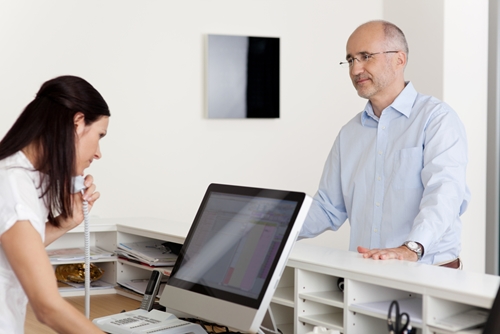Integrating medical devices during EHR implementation may be key to smooth process
While the majority of providers across the health care industry have started to implement electronic health records into their practices to enhance the quality of patient care, the process does call for a lot of planning and effort. Making the switch to electronic documentation requires providers and their staffs to adjust to new workflow processes.
Installing medical device integration software at the same time as the EHR may sound overwhelming, like a strategy that could easily increase the likelihood that something will go wrong and setbacks will be experienced during the implementation process. However, the University of Arkansas Medical Center introduced both systems into its facility simultaneously, finding that the strategy was extremely effective. This raises the question of whether other health professionals should consider taking the same route as they install their EHRs.
University looks for new EHR replacement strategy
EHRIntelligence noted that integrating medical device software with the new EHR system made it easier for staff members to fully grasp what their roles would be when the EHR was fully installed, according to Amy Hester, the director of clinical informatics at the university. Hester also noted that the two implementations together quickly started producing enhancements to patient care.
The facility was replacing the old EHR system with a new, updated one after a bumpy implementation experience. It wanted to use a new strategy that would make it more convenient for staff to familiarize themselves with the new health IT.
"Device integration had to be a priority during that project, because so many other things start competing for your budget in an EHR implementation, and we didn't want device integration to get sacrificed for other things that may have been seen as more important," Hester explained to EHRIntelligence.
Unique implementation strategy leads to unexpected results
As the university got ready to implement its new EHR system, the staff and its providers were hoping to have a smooth transition from their old system. They came up with the idea to start both projects at once, acknowledging that the staff would have to be trained on the EHR's new workflow processes. The staff used their simulation center to establish real workflows for tasks such as discharging and admitting patients to the facility. Hester and the university incorporated device integration into the simulation training so that the staff was getting their essential training for both projects at once. This approach helped everyone understand what workflows were going to be like after the go-live.
"It was a win-win for everybody," Hester told EHRIntelligence. "We didn't have to reengineer our education over and over, which can be very expensive. We didn't have to sacrifice the staff's time and work-life balance to get into those classes because, they're usually doing that on the days that they're off."
Another positive aspect that came from combining the trainings was that it made it easier for staff members to see the advantages that would come from introducing the new EHR and integrating medical devices into the electronic workflow. In many implementation cases, a lot of practices' or hospitals' staff never end up getting the proper training and then have to use the system on a regular basis. This is why there are often setbacks and obstacles in these facilities during EHR implementation.
Hester pointed out that while device integration was not entirely necessary to make EHR implementation successful, it took a major weight off the shoulders of the center's staff. Practices and hospitals may want to consider taking similar approaches when they introduce their EHR systems to save some time when training staff and increase the chances of a smooth transition.



